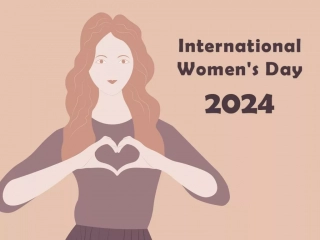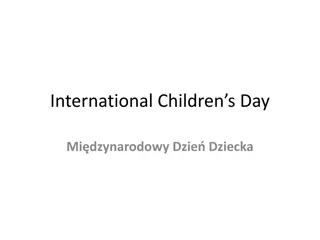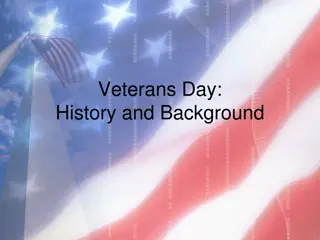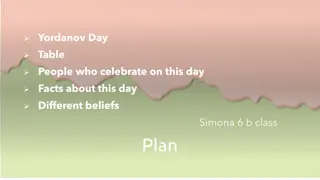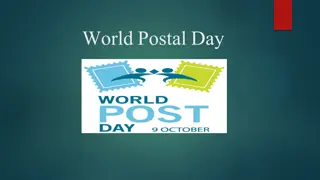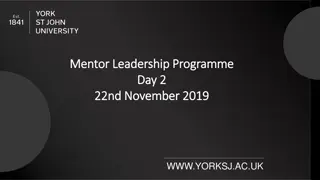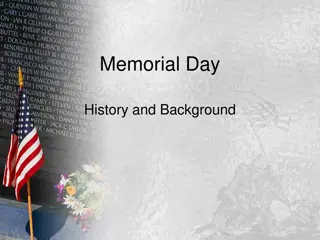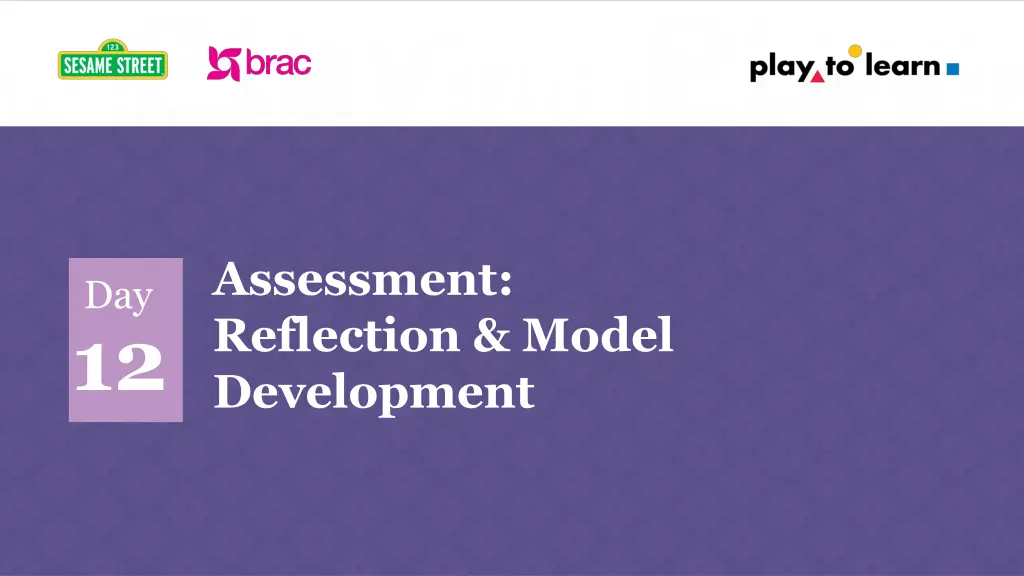
Resilience Building in Crisis: Case Study and Program Development
Explore a case study of a community in crisis, facing trauma and challenges post-migration. Learn about the immediate responses needed, steps to build resilience in children and parents, and creating programs to meet community requirements. Discover strategies for long-term healing and empowerment in the face of uncertainty and despair.
Download Presentation

Please find below an Image/Link to download the presentation.
The content on the website is provided AS IS for your information and personal use only. It may not be sold, licensed, or shared on other websites without obtaining consent from the author. If you encounter any issues during the download, it is possible that the publisher has removed the file from their server.
You are allowed to download the files provided on this website for personal or commercial use, subject to the condition that they are used lawfully. All files are the property of their respective owners.
The content on the website is provided AS IS for your information and personal use only. It may not be sold, licensed, or shared on other websites without obtaining consent from the author.
E N D
Presentation Transcript
Assessment: Reflection & Model Development Day 12
Questions (30 minutes) Participants will be able to apply their knowledge from the previous sessions Participants will be able to make informed decisions based on their knowledge and understanding from previous sessions Participants will be able to apply their knowledge from previous sessions and create detailed answers after reading two sample case stories
The people of the distant country of Fala have witnessed years of violence and segregation. As the violence persists, many had to flee their homeland overnight for the neighbouring country of Mara. The majority of people who were the first to arrive were women who were pregnant or with very small children no younger than 5 years. They all had symptoms of great trauma. The sudden change in scenery and environment made the people of Fala nervous, confused and angry. Most of the children still remembered the horrors they had witnessed in their old homes, and were showing signs of withdrawal, anger or sadness. Parents were also suffering and there were frequent domestic fights, quarrels and in some cases even abuse. Add to that, the poor food management, unhygienic sanitary systems, cramped houses all contributed to the general feeling of hopelessness. Those in charge were unfamiliar with the ways of the Fala people and provided them with food and clothing that was exotic for them, or imposed play and song activities which were unfamiliar to them. Case Work
Questions (30 minutes) In your opinion, is this a protracted or acute crisis? What should have been the field team s immediate response when the people of Fala first arrived? Add at least 3 points 02 01 If you were in charge, what steps would you ensure to build resilience and foster healing for both children and parents? Add 3 broad points What steps can the field team take to identify and work towards building a program that meets community requirements? Add at least 3 points. 03 04
It has been 4 years since the displaced people of Fala migrated to Mara. Since then, steps have been taken by organizations and the government to create a positive space for their refuge and plan their long-term return to their homeland. Despite these, the people of Fala face daily struggles and uncertainties. Due to their refugee status, they are unable to find proper forms of employment in Mara. This causes a feeling of hopelessness, despair and anger among the fathers who believe in traditional gender roles. Mothers too despair over their futures and their children s, many of whom are below the age of 5 years. As such, they often have feelings of sadness and depression among the mothers. The lack of facilities and opportunities for older children as well as adolescent boys and girls also add on to the general feeling of confusion and uncertainty. Case Work
If you are to develop an intervention for the Fala community (parents, children, specifically fathers and mothers, etc.) what would you develop and how would you co-create with the community? ( 30 Minutes) Focus briefly on the curriculum, space, and mental health priorities and how cultural practices of different communities can affect different interventions. Describe the process (note: each point should be described in not more than 5-6 lines.)
Thank You! Your Answers Have Been Submitted.


